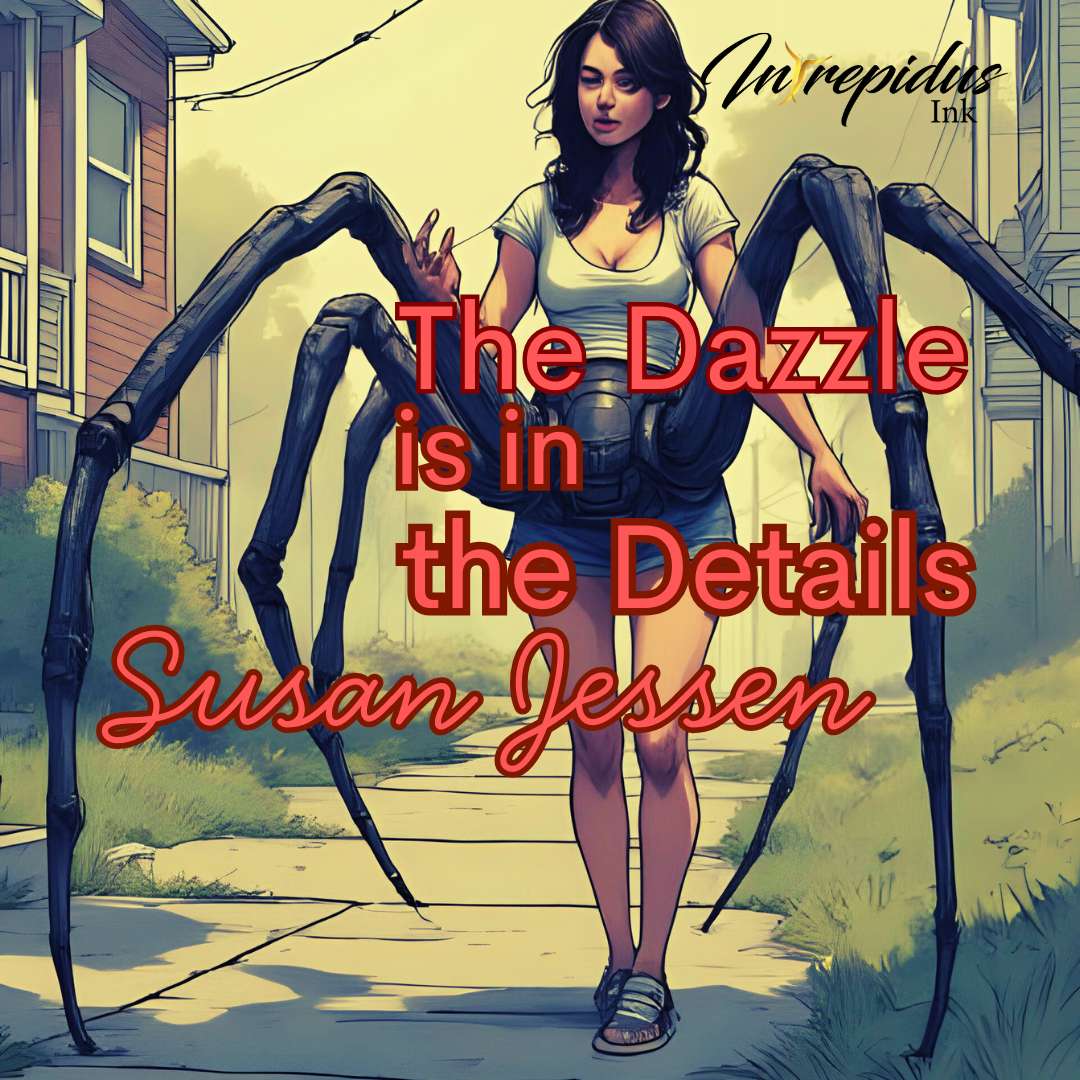
We’ve all seen it – a strong voice has a character leaping off the page, and a weak one can make them disappear.
The concept of character voice sounds simple; it’s how the characters speak, right? That’s accurate, to a point. The problem is when the voice ends with the dialogue.
THERE’S MORE TO IT
Character voice is holistic. Sure, it’s language and dialect and slang, but it’s also how a character thinks, how they perceive the world, and it informs how they move through it.
As people, we don’t typically think about our individual voices, but we all have them. They express our personalities and are defined by our lived experiences, cultural and socio-economic backgrounds, internal biases, geographical locations, age, education, family upbringing, and everything else that makes each human being a wildly unique creature.
Using these things to capture a distinct voice for a character can make them come alive and feel relatable to the reader.
GETTING VOICE ON THE PAGE
Myna Chang, in her story “Soda-Pop Job,” published at Intrepidus Ink on October 16, 2024, offers a snarky, jaded ex-agent with the kind of voice that shows the reader who this character is. Interestingly, the piece is mostly interior with minimal spoken dialogue.
The protagonist’s internal narrative gives us insight into how he speaks with informal phrases such as “a whole lotta badass” and “I gotta admit.” He also peppers in colorful descriptors – “schmuck” and “pimple-faced executive asshole” and, of course, the titular “soda-pop job” to describe an easy assignment. Chang chooses her language with care, giving the character a wry and irreverent air.
Within the narrative, we also gain excellent glimpses of how this character views the world. For example, he refers to the gadget guy at GlobalTech as the “smart-mouthed kid,” showing a disdain for a generation that dismisses older people as technologically inept.
Another great technique Chang uses is to strategically deploy short, choppy sentences, sometimes a single word, sometimes a fragment that truncates articles like “the.” For example: “Shooter’s gone, probably headed for the exit on Fourth Street.” This gives the reader the impression that even in his own head, this ex-agent is decisive and quick to action.
THINGS TO THINK ABOUT
Know the character: Even if it doesn’t make it on the page, understanding the things that influence a character – their experiences, their worldview, their personality – shapes their voice.
Body language: Facial expressions and gestures can give deeper insight into a character. Do they have a “tell” when they lie? Does their posture showcase their personality or mood?
Be consistent: Make sure the narrative matches the same tenor as the dialogue and maintains the voice throughout the whole piece.
Subtext: Remember, things not explicitly articulated are sometimes more important than those that are. What does the character have difficulty expressing, and what does that say about them?
Avoid pitfalls: Be careful of overusing accents, which can be challenging for the reader to parse. Mention the character’s Southern twang, choose a few stylistic notes to carry through the piece, then allow the reader to fill the rest in. Avoid stereotypes that can make the character feel shallow and clichéd.
Observe: Listen to how real people speak and look beyond the words. Think about things like pacing, rhythm, inflection, and tone.
TAKEAWAY
Voice is a powerful tool for creating a memorable and authentic character. It can add depth and nuance and is a natural extension of everyone’s favorite “show, don’t tell” rule.
Next time you sit down to write, remind yourself that a character’s voice isn’t just what they say. It’s who they are.

Author Bio
MM Schreier is a classically trained vocalist who took up writing as therapy for a mid-life crisis. She has authored two short story collections--Monstrosity, Humanity and Bruised, Resilient–and is published in a wide range of speculative and literary venues. In addition to creative pursuits, she’s on Leadership for a robotics company and tutors maths and science to at-risk youth.


